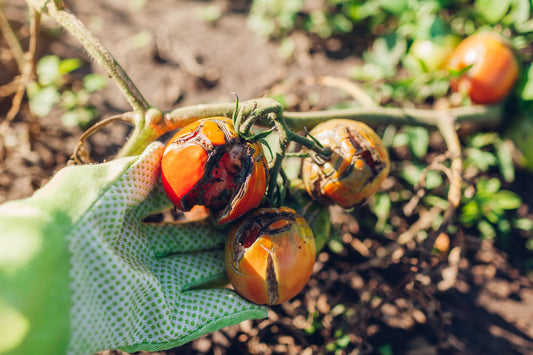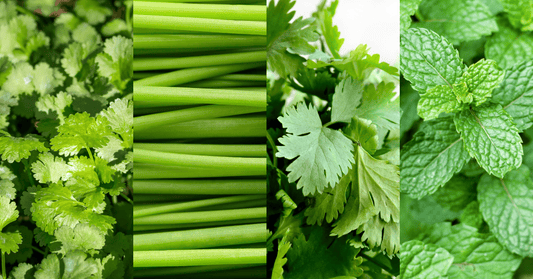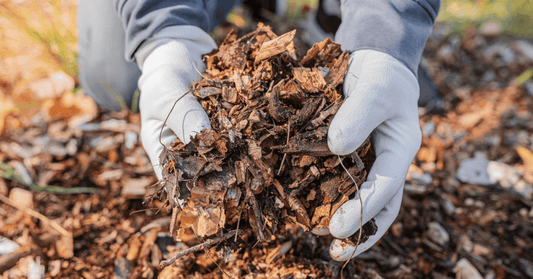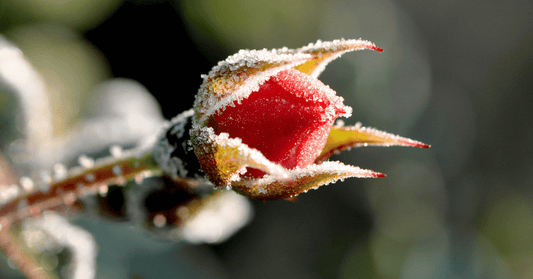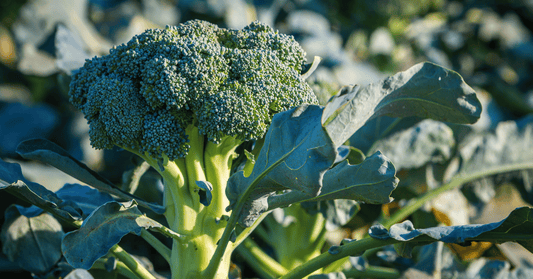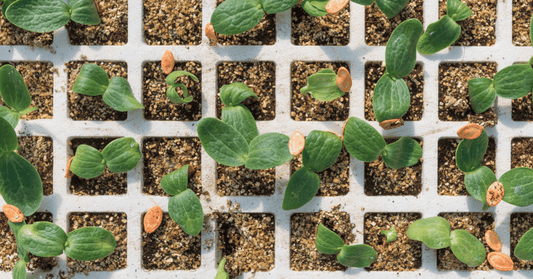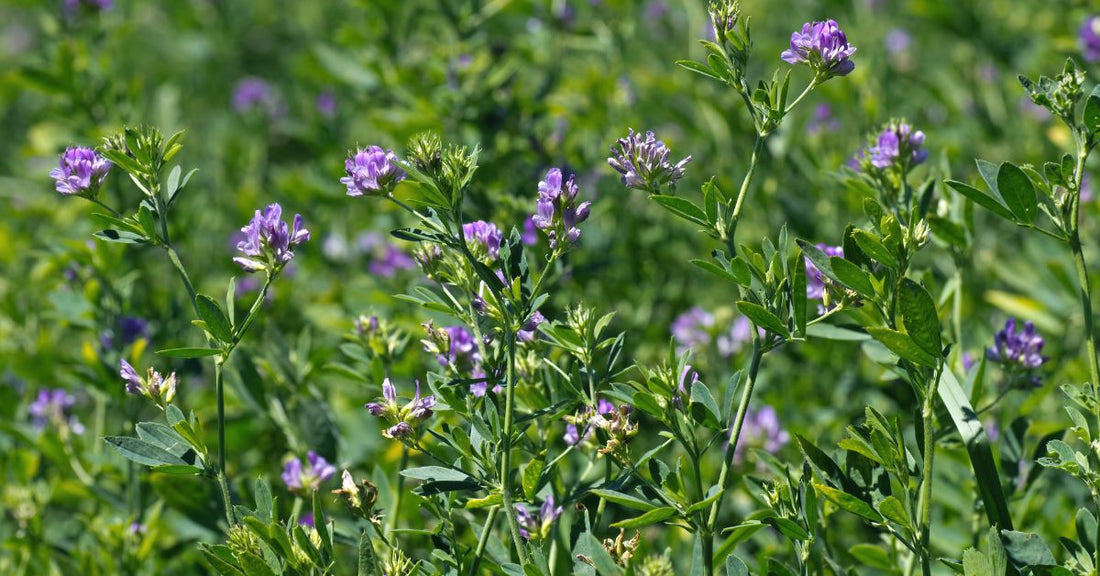
The Benefits of Alfalfa as a Cover Crop in Organic Gardening
Alfalfa, a beautiful purple-hued plant, has a rich history dating back to 1300 B.C. It is well-known for its use in large-scale agriculture as animal feed or a cover crop. However, apart from its visual appeal, alfalfa provides numerous health benefits to your garden or farm.
- Nitrogen Enrichment: Alfalfa Enhances Soil Fertility. Nitrogen is a vital nutrient for plant growth, required for chlorophyll production, plant cell development, and photosynthesis. While beneficial bacteria typically fix nitrogen, certain plants, termed nitrogen-fixing plants, significantly contribute to this nutrient cycling. Alfalfa plays a unique role in nitrogen fixation. It absorbs atmospheric nitrogen (N2) and stores it in root nodules, which are essentially large growths on the roots. Once cut down or when the roots break down into organic matter, the stored nitrogen is converted into plant-available forms in the soil. This stored nitrogen can then be utilized by other plants.
- Alfalfa Breaks Down Into Organic Matter Quickly: Alfalfa is commonly used as an agricultural cover crop because it rapidly decomposes, contributing nutrient-rich organic matter to the soil. This breakdown process adds essential minerals like nitrogen, phosphorus, potassium, calcium, sulfur, magnesium, boron, iron, and zinc to the soil, providing a valuable source of nutrients for plants.
- Alfalfa Can Help Increase Yields: Alfalfa contains a hormone called Triacontanol, which plays a crucial role in root growth and photosynthesis. This hormone also serves as a food source for beneficial microorganisms. Studies have shown that Triacontanol can alleviate salt stress and enhance nutrient and water uptake in the root zone. By strategically incorporating alfalfa throughout your garden as a cover crop, you can benefit from Triacontanol's positive effects on soil health and boost the population of beneficial microorganisms.
- Alfalfa Feeds Microorganisms: Many agricultural crop operations include alfalfa in their rotations as a cover crop due to its ideal carbon to nitrogen ratio (24:1) for maintaining healthy soil and promoting the growth of beneficial microorganisms. In addition to its nitrogen-rich root nodules and microorganism-friendly Triacontanol, alfalfa is packed with proteins, amino acids, fiber, and sugars, making it a readily available food source. As it breaks down quickly and holds a high nutrient content, it provides a beneficial environment for microorganisms.
- Alfalfa Helps With Drought Resistance: Despite its reputation for water consumption, alfalfa is actually an efficient user of water. Its deep and sponge-like roots prevent water leaching and improve the overall drought tolerance of neighboring plants. When harvesting your alfalfa cover crop, it is advisable to only remove the top, above-ground portion while leaving the useful roots intact. In addition to its water-saving benefits, alfalfa can also add aesthetically pleasing flowers that attract butterflies, bees, and other beneficial insects when grown as a perennial plant.
How to make Alfalfa Fermented Plant Extract
Alfalfa fermented plant extract or FPE is a popular foliar treatment seasoned growers use to stimulate plant growth and increase yields. As discussed above, alfalfa contains trianconatol. Trianconatol is a natural fatty acid that is important for plant growth and photosynthesis.
This plant extract is perfect if you don't want to add alfalfa plants to your garden or lack the room but still want the benefits alfalfa can bring.
Ingredients:
(Makes 1 gallon of extract. Time to ferment is 4 weeks)
- 1 Cup of Alfalfa Meal (alfalfa meal is fermented alfalfa seed and can be found at most gardening stores).
- 3/4 Cup Blackstrap Molasses
- 3/4 Cup EM-1®
- Hot Water
- 1 Gallon container ( Activation Kit)
- Pour ingredients into the 1 gallon container.
- Fill the container with hot water and screw on the cap.
- Shake until all the molasses is dissolved.
- Check the container every few days and unscrew the lid slightly to release any pressure.
- After 4 weeks the solution is ready to use.
NOTE: The solution should not smell bad but have a grassy EM-1 odor.
Application:
Dilute 1oz of the extract and mix with 1 gallon of water. Drench the plants and soil. Apply once a week in combination with EM-1®
